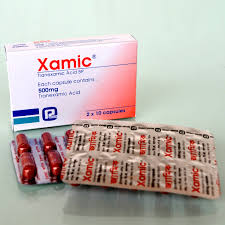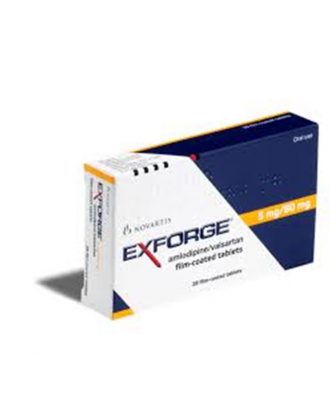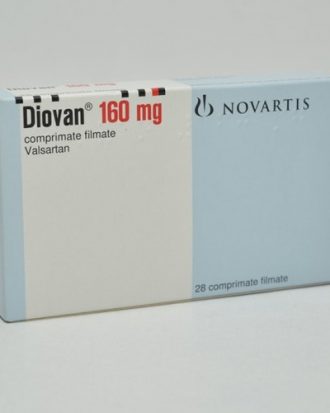Xamic (Cap) 500mg
৳ 20.00
Indications
General fibrinolysis as in prostatic and pancreatic cancer, after thoracic and other major surgery, in obstetrical complications such as abruptio placentae and post- partum haemorrhage, in leukaemia and liver diseases and in connection with thrombolytic therapy with streptokinase.
Hereditary angioneurotic oedema.
Therapeutic Class
Pharmacology
Tranexamic acid is rapidly absorbed from the gastrointestinal tract. Maximum serum levels are reached within 2-3 hours. After oral administration, about 40% of the dose is excreted in the urine during the first 24 hours. After intravenous administration 45% of the dose is excreted in the urine during the first day.
Dosage & Administration
- Prostatectomy: 5-10 ml by slow intravenous injection every eight hours (the first injection being given during the operation) for the first three days after surgery; thereafter 1-1.5 gm orally three to four times daily until macroscopic haematuria is no longer present.
- Menorrhagia: 1-1.5 gm orally three to four times daily for three to four days.
- Epistaxis: 1.5 gm orally three times daily for four to ten days. Tranexamic Acid injection may be applied topically to the nasal mucosa of patients suffering from epistaxis. This can be done by soaking a gauze strip in the solution, and then packing the nasal cavity.
- Haematuria: 1-1.5 gm orally 2-3 times daily until macroscopic haematuria is no longer present.
- Conisation of the cervix: 1.5 gm orally 3 times a day for 12 to 14 days post-operatively.
- Dental surgery in patients with coagulopathies: Immediately before surgery, 10 mg per kg body-weight should be given intravenously. After surgery, 25 mg per kg body-weight are given orally three to four times daily for six to eight days. Coagulation factor concentrate might be necessary to administrate.
- General fibrinolysis: 1 gm by slow intravenous injection three to four times daily. With fibrinolysis in conjunction with diagnosed, increased intravascular coagulation i.e. defibrillation syndrome, an anticoagulant such as heparin may be given with caution.
- Hereditary angioneurotic oedema: 1-1.5 gm orally two to three times daily as intermittent or continuous treatment depending on whether the patient has prodromal symptoms or not.
Interaction
Contraindications
Side Effects
Pregnancy & Lactation
Precautions & Warnings
- Patients with irregular menstrual bleeding, patients with a high risk of thrombosis (a previous thromboembolic event and a family history of thromboembolic disease) should use it only if there is a strong medical indication and under strict medical supervision.
- Patients with disseminated intravascular coagulation (DIC), who require treatment with it must be under the strict supervision of a physician experienced in treating this disorder.
- In the long-term treatment of patients, regular eye examination should be performed. If a colour vision disorder should occur during the course of treatment, the drug should be discontinued.
- Tranexamic acid injection should not be mixed with blood for transfusion or infusion solutions containing penicillin.
Use in Special Populations
Pediatric Use: The drug has had limited use in pediatric patients, principally in connection with tooth extraction. The limited data suggest that dosing instructions for adults can be used for pediatric patients needing Tranexamic acid therapy.






Reviews
There are no reviews yet.